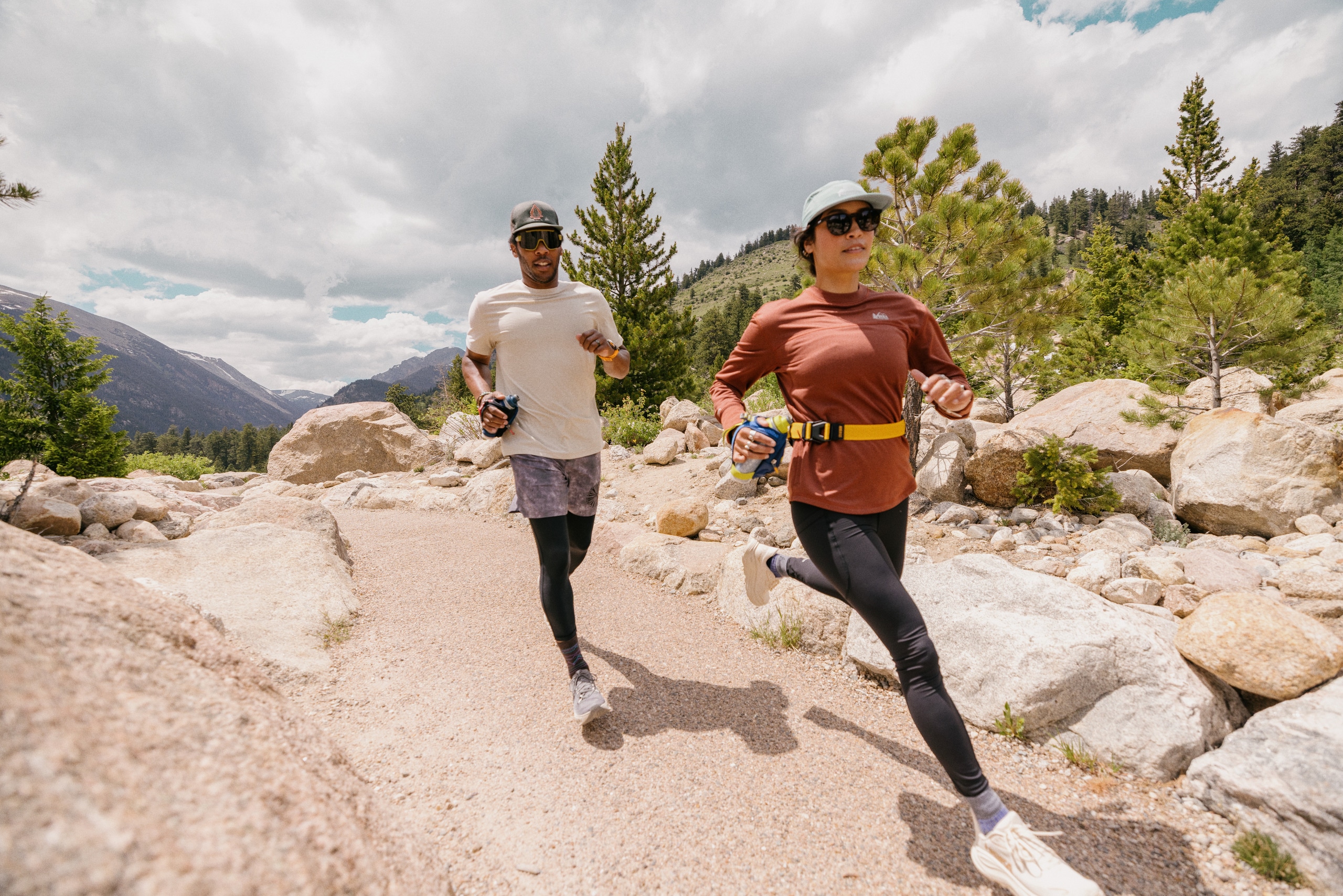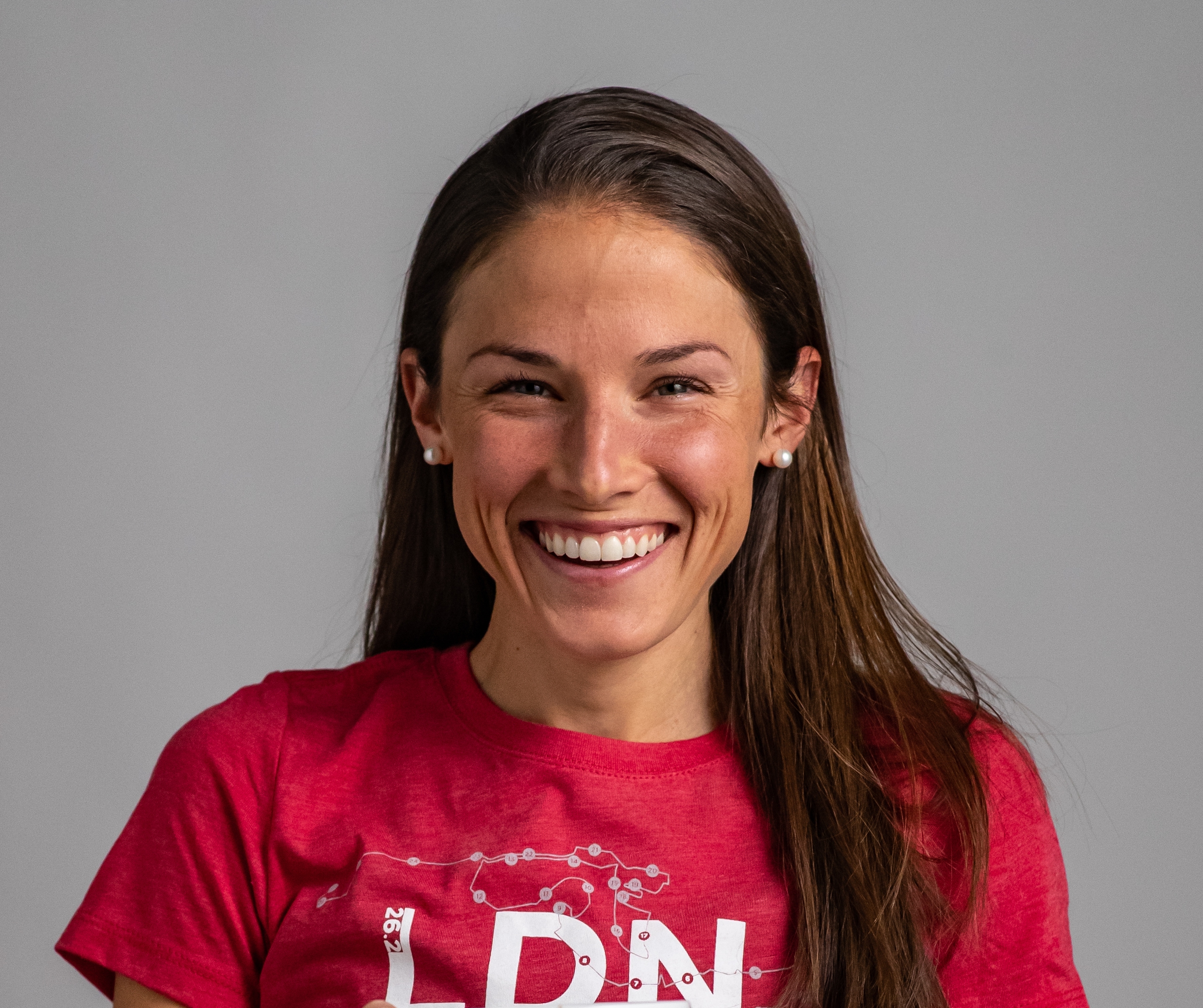As endurance athletes, we’re constantly searching for ways to get better—and for better ways to measure that progress. At the most basic level, we can spot-check our fitness by running an all-out rep in a controlled environment such as a track or treadmill. But the number on a clock doesn’t reveal much about what’s happening internally, nor is it very useful for runners who are, for example, inexperienced with time trials or most comfortable on hilly trails.
Thankfully, in evaluating fitness, there are other variables to focus on and compare over time: Resting heart rate, heart rate variability, cadence, stride length, power-to-weight ratio and rate of perceived exertion are some of the most common for runners. But even when taken together, such metrics are limited, capturing only a fraction of a person’s total fitness pie.
In my own experiences as an elite runner, I’ve found VO2 max to be as comprehensive and revealing as isolated performance metrics get, with benefits available to runners from the front to the back of the pack. To learn the ins and outs of how VO2 max measurements work for all types of runners, I spoke to experts Joe Heikes, lead product manager for the Garmin Forerunner watch series; Tyler Andrews, a professional mountain, trail and ultra runner and the founder of Chaski Endurance Collective; and Rachel Tomajczyk (née Johnson), a professional trail runner and coach.
Read on for the full story or click below to jump directly to the information.
- Understanding VO2 Max: What kind of information the metric offers about your running.
- Applying VO2 Max to Your Training: How you can use the metric to improve as an endurance athlete.
- Making Sense of VO2 Max: Is measuring and tracking it worth all the trouble in the end?
Understanding VO2 Max
What is VO2 Max? VO2 max is a century-old concept that’s having a bit of moment right now. As this Expert Advice article explains, VO2 max is the maximum volume of oxygen your body can use during intense exercise. In laymen’s terms, it’s a reflection of your aerobic fitness. Beyond that, a higher relative VO2 max is also associated with good health in general as well as longevity. A 2018 study of 5,107 men found that “Each unit in Vo2max was associated with a 45-day increase in longevity.”
How is it measured? Measured in milliliters of oxygen per kilogram of body weight per minute, VO2 max is typically expressed as a number between 20 and 80 mL/kg/min , with the average man scoring between 40-49 mL/kg/min and the average woman scoring between 30-39 mL/kg/min. Scores above 70 mL/kg/min for men and 60 mL/kg/min for women indicate elite levels.
What impacts VO2 Max? Your VO2 max is impacted by several factors that include age, sex, genetics, training history, current training load and overall health. It can be measured in a sports medicine facility or laboratory (the gold standard) or in more DIY manner (and less accurately) through a field or treadmill test, a smartwatch or an online calculator .
Limitations of VO2 Max
Like all human performance variables, VO2 max has its limitations. The biggest issue is accuracy: Unless your VO2 max is tested in a lab, during which respiratory gasses are measured during increasingly strenuous exercise, the number your watch or an online calculator spits out, or that you receive from a self-administered test, is inherently a rough estimation.
Smartwatches are a popular way to get this estimate since they do the work for you. Watches with a VO2 max feature typically take into account a heart rate variable as well as several others to land on an estimate. Apple, for one, relies on heart and motion sensors and then factors in age, sex, weight, height and medications that might affect heart rate. Garmin calculates VO2 max differently for different activities (running, trail and ultra running, cycling, multisport and walking), but all methods require heart data from your watch or paired heart rate monitor to be elevated to 70% of your maximum heart rate.
“There can be error between what our watch says and what a lab test would show, but we are usually within 5-10%,” Heikes, from Garmin, acknowledges. While that might not sound like much, it can make it hard to detect subtle changes in a VO2 max score. But the tradeoff is that your VO2 max is at your fingertips, no costly lab appointment necessary. You also don’t have to exercise to the point of near failure, as you would in a more rigorous test. “We don’t need you to run or ride absolutely as fast or hard as you can,” Heikes says. “We estimate the value from so-called ‘sub-maximal’ intensity.”
Applying VO2 Max to Your Training
Understanding VO2 max and its limitations, and even knowing your own score, doesn’t tell you how you might use that information to become a better endurance athlete. Whether you run to finish or race to win, read on to learn how you might incorporate VO2 max into your own athletic journey.
Consider it your fitness (and health) baseline. If all you do is test or check your VO2 max on a somewhat regular basis (like every season or even yearly), it can still be a valuable practice. You can use that information to assess not just your aerobic fitness but also your recent training program. Taking age-related declines out of the equation, a positively trending VO2 max may indicate that a system is “working” for you. If your score heads in the opposite direction, you might take a closer look at how you’re training compared to what you were doing prior to tests that revealed higher scores.
Keeping an eye on your VO2 max over time can also clue you into your overall health and longevity, since cardiorespiratory fitness—as measured by VO2 max—is a powerful predictor of health and disease outcomes. When it comes to VO2 max, the higher, the better.
Let it inform your training. If you’re the numbers type, you can also use VO2 max to help inform your training. You may be familiar with the training zones method, which assigns a percentage of your maximum heart rate to each of five training zones: recovery/easy, aerobic/base, tempo, lactate threshold and anaerobic. In some approaches, VO2 max is factored into the equation as well. The Norwegian Olympic Federation , for example, adds a VO2 max component (plus several others) to the training zones method, ensuring that you reach the zone you’re aiming for.
For the seven years that I ran marathons professionally, my training was loosely guided by a VO2 max variable. I was mentored by Joe Vigil, who coached over 20 Olympians including Deena Kastor, created a distance running dynasty at Adams State University and authored Road to the Top: A Systematic Approach to Training Distance Runners. In the Vigil system, each type of run is assigned a percentage of your maximum velocity at VO2 max (VVO2, which is slightly different than pure VO2 max but for simplicity’s sake will be treated the same here). On my recovery days, for example, I was supposed to keep runs at around 65% of my VVO2, while tempo runs stayed around 90% and marathon pace runs around 88%. Rather than obsessing over those numbers, I used them as a guideline and adjusted as needed based on variables such as terrain, elevation, temperature and perceived effort on a given day.

Use it to determine your potential for different disciplines. Andrews, founder at Chaski Endurance Collective, sees VO2 max as a clue into what type of endurance athlete you may be. During the years he raced on tracks and roads, Andrews wondered why his high VO2 max didn’t seem to translate to his results. “It wasn’t until I started running up big mountains at high altitude where I saw the VO2 really come through,” he says. Now he’s a world-class trail and mountain runner with multiple world record runs to his name. Andrews has seen other athletes follow a similar script, and suspects the mismatch may indicate that their body types or mechanics are more suited to uphill or sustained races (or both). “That is where oxygen processing capability will be more prominent than flatter, low-altitude races,” he explains.
On the other side of the spectrum, Andrews says that an athlete with a relatively low VO2 max but strong personal records may suggest a strong running economy and the potential to improve VO2 max through specific training. (Find VO2 max-specific workouts here.)
Whether your VO2 match does or doesn’t seem to align with your race results, Andrews encourages athletes to keep VO2 max in context. “I think it’s more about how your VO2 max fits into the overall picture of the athlete,” he says, “along with personal records, running economy and lactate threshold.”
Ignore it. Lastly, you can approach VO2 max the way professional trail runner Tomajczyk does: Ignore it. While paying attention to her VO2 max was useful in her prior career as a track athlete—one of her coaches used it to write workouts—Tomajczyk eventually burned out on the paces, splits and precision of flat running, and traded it all in for the freedom of the trails. The emphasis on VO2 max was thus left behind.
The alternative variables Tomajczyk now faces are almost endless: altitude, elevation change, technicality and so on. “The way I used VO2 max in the past doesn’t translate well to the trails,” she says. “The effort I’m running on the trail matters a lot more than the pace.” Instead of using VO2 max as a key measure of her fitness, Tomajczyk now checks her heart rate (which she says almost always aligns with effort) or measures herself on a trail she’s run before. Barely four years into her off-road journey, Tomajczyk’s new approach is already paying off, with a national trail title and podium finishes on behalf of Team USA.
Her approach may also resonate with recreational runners, who are less likely to be focused on raw speed than on fitness and enjoyment. Perceived effort plus environmental factors like heat, altitude and elevation may be the more useful variables in measuring your long-term progress.
Making Sense of VO2 Max
That said, as far as individual variables go, VO2 is a powerful one for endurance athletes at any level and with a variety of motivations around their chosen activity. It can estimate your aerobic fitness, reveal potential for different disciplines and help dial in training. For goal-oriented individuals who are energized by numbers and logs and comparisons, it’s a variable worth paying attention to and trying to influence in a positive direction.
But if VO2 max, or any other variable for that matter, feels more constricting than empowering, it may be time to release your grip. Unless your end goal is to improve your VO2 max, try to remember that it’s just another number—like bodyweight, resting heart rate, stride length and so on. It doesn’t account for competitive instincts, mental fortitude, closing speed, running form, fueling strategy, technical skills or any of the other hard-to-measure variables that also play an important role in your running performance and potential.




